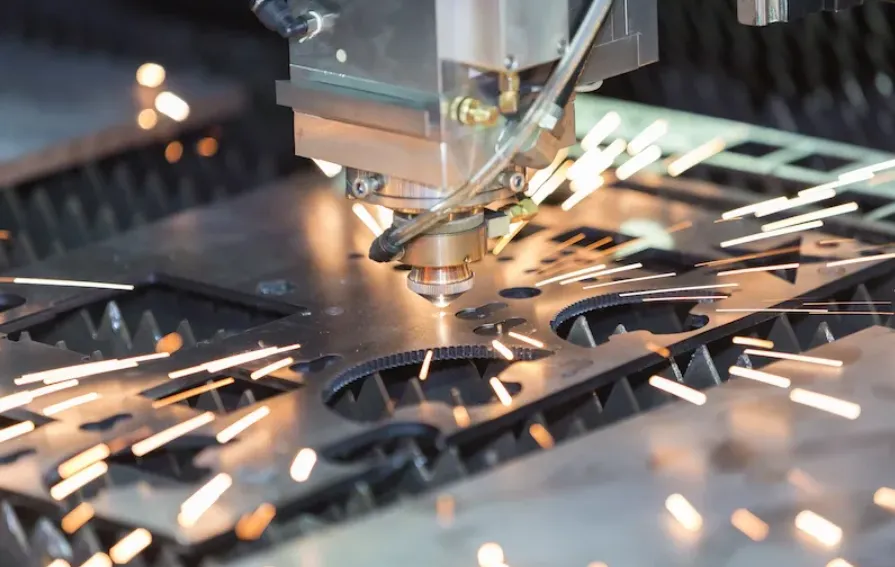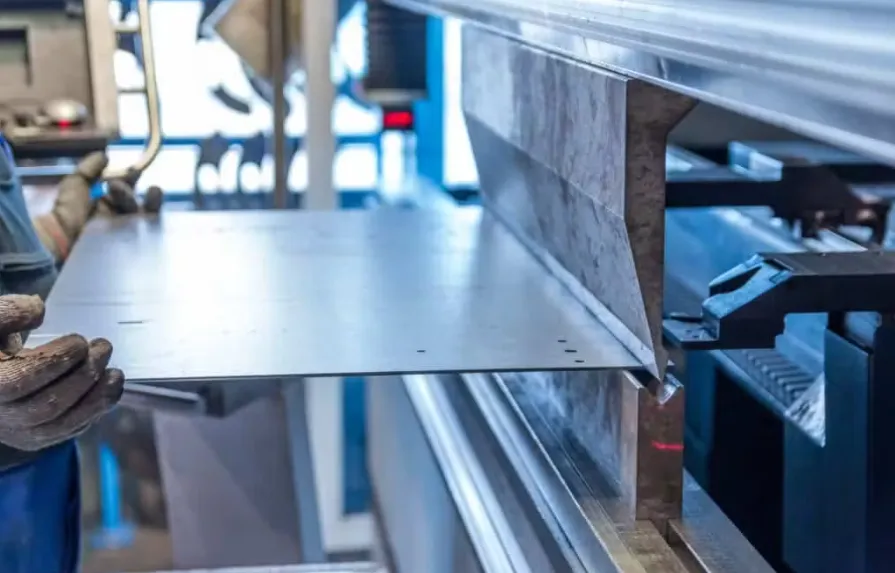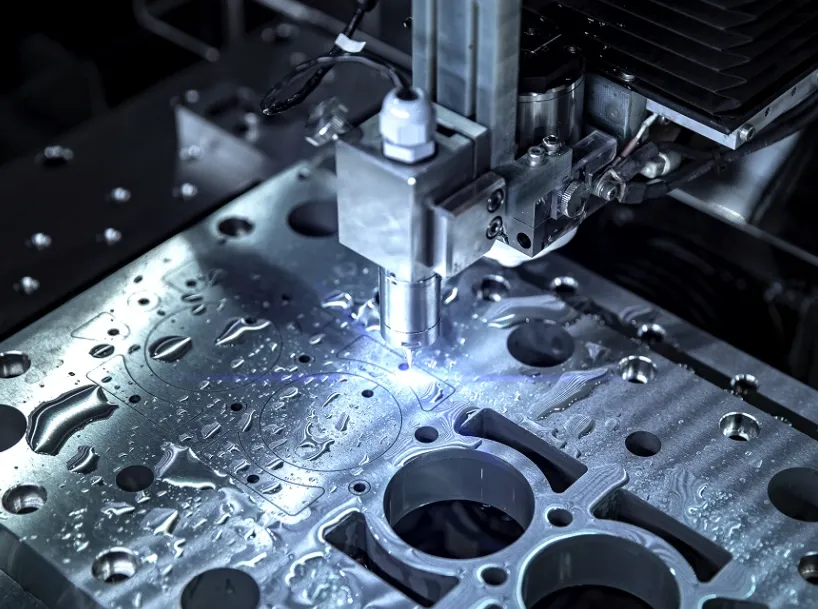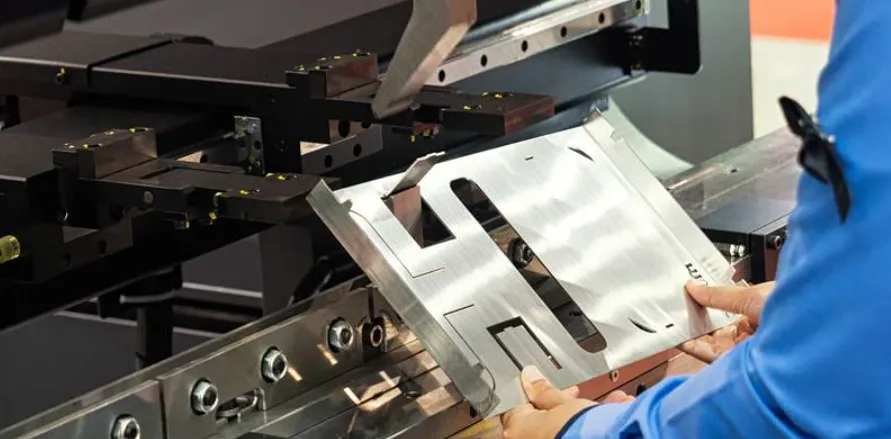Sheet metal fabrication is a vital process in the manufacturing industry that involves cutting, bending, and assembling metal sheets to create a variety of products and components. This method is integral to numerous applications across different sectors, including automotive, aerospace, construction, and electronics. In this article, we will explore the fundamentals of sheet metal fabrication, its processes, materials, and applications, as well as the advantages and challenges it presents.

What is Sheet Metal Fabrication?
Sheet metal fabrication refers to the process of transforming flat metal sheets into desired shapes and structures through various manufacturing techniques. The sheets are typically made from metals like steel, aluminum, copper, and brass, and their thickness can range from a few micrometers to several millimeters. The flexibility of sheet metal fabrication makes it suitable for producing complex parts with precision.
Key Processes in Sheet Metal Fabrication
The fabrication process encompasses several key operations:
1. Cutting
Cutting is the first step in sheet metal fabrication. Various techniques are used to cut sheets to size, including:
- Laser Cutting: Employs a high-powered laser beam to cut intricate shapes with high precision.
- Plasma Cutting: Utilizes a plasma torch to cut through electrically conductive materials.
- Shearing: Involves using blades to cut the metal without melting it, ideal for straight cuts.
2. Bending
After cutting, the next step is bending, which shapes the metal into the desired angles or forms. Common bending methods include:
- Air Bending: The sheet is bent at a specified angle using a punch and die, allowing for material springback.
- Bottom Bending: Provides more precision as the metal is pressed against the die, achieving a specific bend angle.
3. Forming
Forming involves reshaping the metal into three-dimensional structures. Techniques include:
- Roll Forming: Continuous bending of a long strip of sheet metal through a series of rollers.
- Stamping: Uses a die to form complex shapes in the metal sheet, often in high-volume production.
4. Assembly
After forming, individual components may need to be joined together. Common assembly methods include:
- Welding: Fusing metal parts using heat and pressure.
- Riveting: Connecting parts with metal pins, often used in aircraft manufacturing.
- Fastening: Using screws, nuts, and bolts to assemble components securely.
Materials Used in Sheet Metal Fabrication
Various materials can be used in sheet metal fabrication, each with its unique properties:
- Steel: Strong and durable, widely used in construction and automotive applications. It can be coated to resist corrosion (e.g., galvanized steel).
- Aluminum: Lightweight and corrosion-resistant, ideal for applications where weight reduction is crucial.
- Copper: Excellent electrical conductivity, used in electrical components and wiring.
- Brass: Combines strength and corrosion resistance, often found in plumbing and electrical fixtures.
Applications of Sheet Metal Fabrication
Sheet metal fabrication is employed in a wide range of industries, including:
- Automotive: Production of vehicle body panels, frames, and other components.
- Aerospace: Manufacturing parts for aircraft, including fuselage and wing structures.
- Construction: Creation of roofing, siding, and HVAC ducts.
- Electronics: Fabrication of enclosures and mounting brackets for electronic devices.
Advantages of Sheet Metal Fabrication
Sheet metal fabrication offers several benefits:
- Versatility: Capable of producing a wide variety of shapes and sizes, making it suitable for diverse applications.
- Cost-Effectiveness: Efficient for mass production, reducing unit costs.
- Strength-to-Weight Ratio: Lightweight materials provide strength without excessive weight, especially important in transportation industries.
- Precision and Reproducibility: Advanced technologies like laser cutting allow for high levels of accuracy.
Challenges in Sheet Metal Fabrication
Despite its advantages, sheet metal fabrication also poses challenges:
- Material Limitations: Some metals may not be suitable for certain fabrication processes, affecting design options.
- Complexity of Design: Highly intricate designs may require specialized tooling and processes, increasing production time and costs.
- Waste Production: Cutting processes can generate scrap material, leading to higher costs if not managed properly.
Conclusion
Sheet metal fabrication is a foundational element of modern manufacturing. With its diverse applications and the ability to produce precise and durable components, it plays a critical role in various industries. Understanding the processes, materials, and potential challenges associated with sheet metal fabrication is essential for businesses looking to optimize their manufacturing operations and innovate in product design. As technology continues to evolve, the future of sheet metal fabrication will likely see further advancements, enhancing its efficiency and capabilities.








